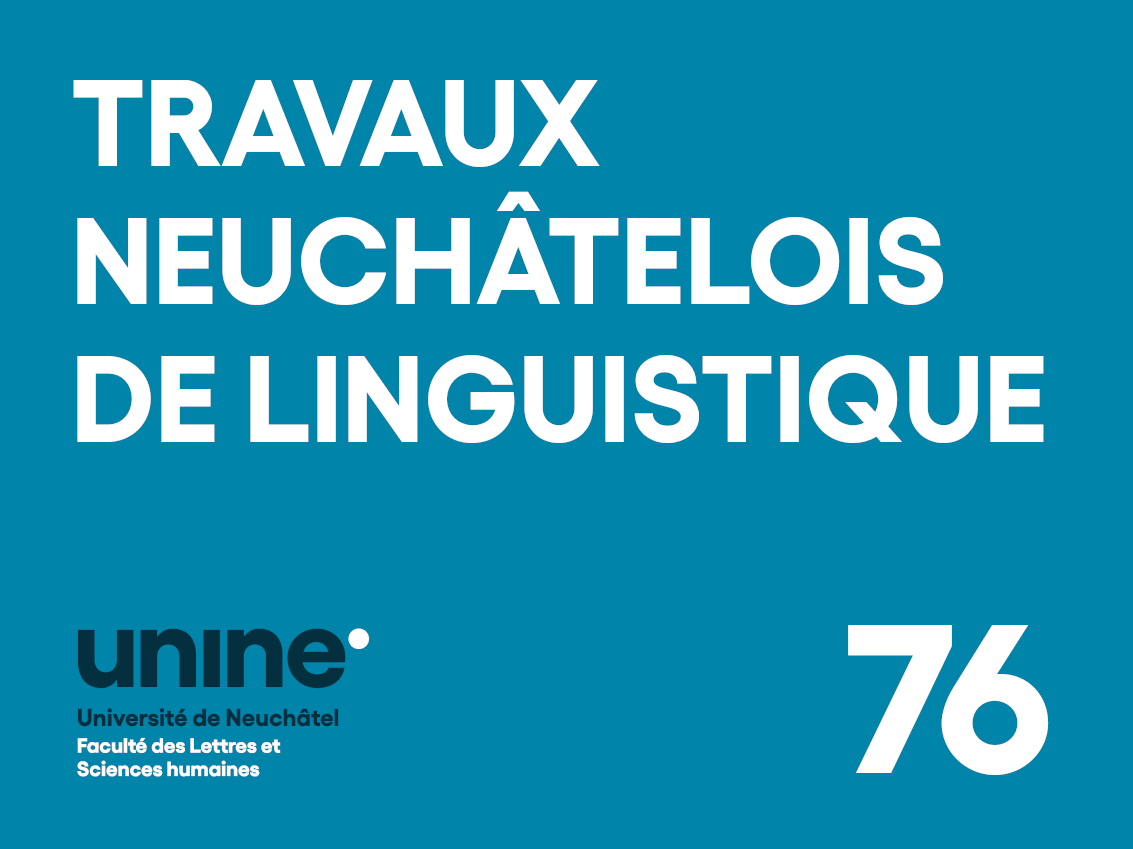Understanding linguistic diversity in the Ring Grassfields Bantu group: A holistic approach
DOI :
https://doi.org/10.26034/ne.tranel.2022.3457Mots-clés :
linguisticRésumé
Although the genetic unity of Ring Grassfields Bantu languages has been well demonstrated, intriguing discrepancies appear within the group. Such differences align with the theory of diversity. According to this theory, an accurate description and explanation of the structural diversity of a genetic group combines linguistics, geography, history, sociology, and typology; hence the holistic approach assumed here. This paper analyses linguistic diversity in five Ring languages (Aghem, Babanki, Babungo, Lamnso', Wushi) based on four structural features: head/dependent marking, morphological complexity, word order, and alignment of the subject-object relations in the clause (accusative, ergative, etc.). An aspect of phonology, namely, spirantisation, is also brought into discussion. The analysis reveals convergences and divergences both within each subgroup and within the entire Ring group. One salient feature subject to convergence includes a generalised suffixal noun class system in the South Ring; as for divergence, the absence of subject-verb agreement typical of Proto-Niger-Congo is retained in Babungo and Wushi (South Ring) but not in the other languages. Wushi stands out in a way that suggests that it is the most archaic language of the group. Further research on sociolinguistic features and social behaviour is needed to deepen our understanding of the linguistic configuration of the region.



